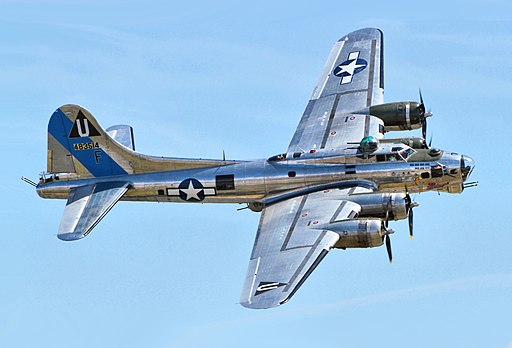World War II’s vast, chaotic expanse belies numerous strategies, some of which remain the subject of vigorous debate. Among these, the strategic bombing campaign over Europe stands out as particularly poignant. With a multitude of layers – tactics, goals, and controversies – this campaign offers a complex narrative that deeply entrenched itself into the annals of military history.
The Tactics: Precision and Area Bombing
Precision Bombing: An idealistic endeavor, the Allies initially hoped to target only specific military and industrial objectives. The Norden bombsight, an advanced piece of technology for its time, was believed to be capable of dropping bombs with remarkable accuracy from high altitudes. This tactic was underpinned by the belief that the conflict could be decisively shortened by crippling the enemy’s war machine.
Area Bombing: As often is the case, reality diverted from the ideal. Technical challenges, weather unpredictability, and stiffened German defenses rendered precision bombing less effective than anticipated. As a result, the Allies often resorted to area bombing, targeting large urban areas to disrupt the German war effort and lower morale. Cities like Dresden and Hamburg became synonymous with the extensive destruction caused by such tactics.
Goals: Beyond Physical Destruction
The undercurrent of the bombing campaign wasn’t solely the physical destruction of resources and infrastructure. The psychology of war played a central role. The Allies aimed to break the morale of the German populace, hoping that a demoralized civilian base would erode the support for the Nazi regime.
Moreover, the campaign sought to strain the German military, forcing it to divert significant resources from the frontlines to protect its skies. This multi-pronged approach – attacking both the material and the psychological – was seen as the path to expediting an Allied victory.
Controversies: The Morality of Total War
As with any large-scale act of aggression, the strategic bombing campaign was riddled with controversy, much of which centers around the morality of targeting civilians.
The Ethics of Area Bombing: While military installations are expected casualties of war, the deliberate targeting of civilian-populated areas for the sake of psychological warfare raised (and still raises) ethical concerns. The firestorm in Dresden, a cultural city with questionable military significance, incinerated tens of thousands, stirring debates about the necessity of such an act.
Post-war Scrutiny: After the war, with the immediacy of the threat gone, reflection and scrutiny grew. Some began to question if the strategic bombing campaign, especially area bombing, had indeed shortened the war or if it was an unnecessary exercise in force and power.
Counterarguments: Those in favor of the bombing campaign often say that when you look at the harsh arithmetic of war, these bombings, in the end, saved more lives by speeding up Germany’s surrender. It’s a tug-of-war between being practical and sticking to one’s values, between immediate advantages and the long shadows they cast.
The strategic bombing campaign over Europe, with its intricate dance of tactics and its overarching, often conflicting goals, remains a testament to the complexities of warfare. While it showcases the human ability to strategize and execute vast military operations, it simultaneously forces a reflection on the profound moral dilemmas that warfare invariably brings to the fore. As with much of history, the campaign is not just an account of events but a prompt for deeper questions about human nature, ethics, and the price of victory.
For more insights into the B-17G Flying Fortress and other important military aircraft, visit Aces In Action. Here, you’ll find an amazing piece of artwork by Craig Tinder titled “High Tailed Lady,” which illustrates the 24 December 1944 mission of the B-17G Flying Fortress “High Tailed Lady” of the 487th Bombardment Group on her way to the target of the Luftwaffe airfield in Babenhausen, Germany. The limited edition canvas print includes wing skin removed from B-17G N722C, known as “Texas Raiders” during a significant wing spar restoration in 2001.
High Tailed Lady – B-17G Flying Fortress Aviation Art by Craig Tinder
24 December 1944 – Leading the 8th Air Force on Mission No. 760 to Babenhausen, Germany, B-17G Flying Fortresses from the 487th Bombardment Group, are attacked by Focke-Wulf Fw 190 A-8s of the Luftwaffe’s IV.(Sturm)/JG 3 near Liege, Belgium. Although the Luftwaffe claimed 10 Flying Fortresses that day, High Tailed Lady (43-38028) completed the mission to fight on another day.






Share:
Tuck in the Battle of Britain: A Deep Dive into His Significant Role and Experiences during this Pivotal Moment in World War II
Global Viper: The F-16’s Worldwide Dance